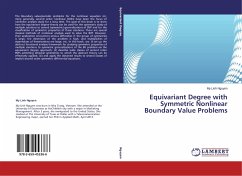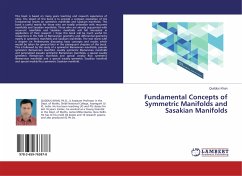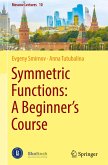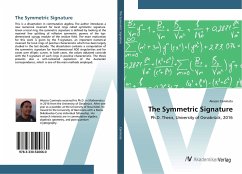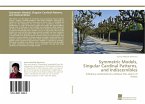A homogeneous symmetric variety is the quotient G/H of a semi-simple algebraic group by the subgroup of elements fixed by a given involution of G. The most important example is given by a semi-simple group G' under the action of G = G' x G' by left and right multiplication. In this publication, we are interested to the complete symmetric varieties, namely the (smooth) equivariant compactifications of G/H. Chirivì and Maffei proved the surjectivity of the multiplication of sections of any two globally generated line bundles on a wonderful symmetric variety. First, we study the same problem in the case of a complete toroidal symmetric variety. We reduce such a problem to the analogous problem on the corresponding closed (respectively open) toric variety. We analyze in details some family of complete toroidal symmetric varieties, in particular those of rank 2. In the last part of this work, we study the Fano symmetric varieties. In particular, we classify the toroidal Fano complete symmetric varieties of rank 2 and the Fano complete symmetric varieties of rank 3 obtainables from the wonderful variety through a sequence of blow-ups along G stable subvarieties.

